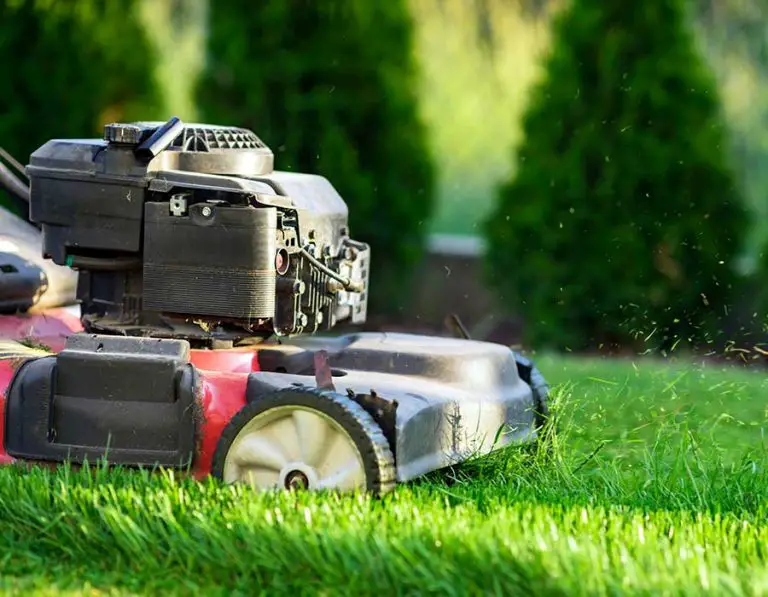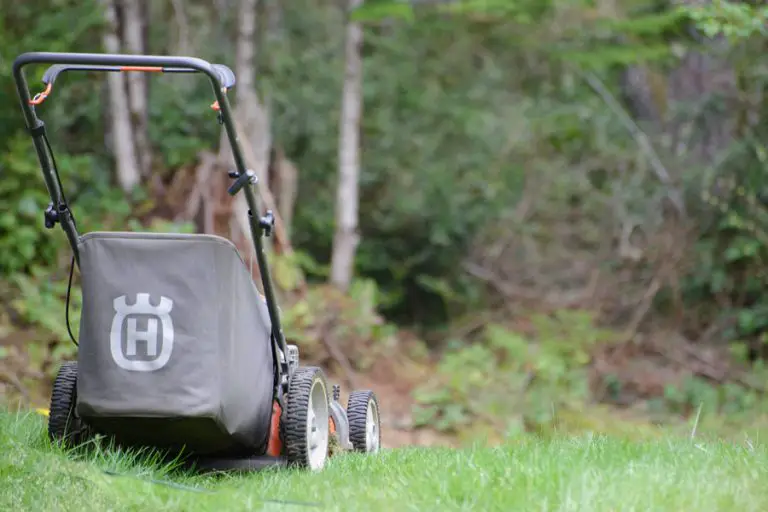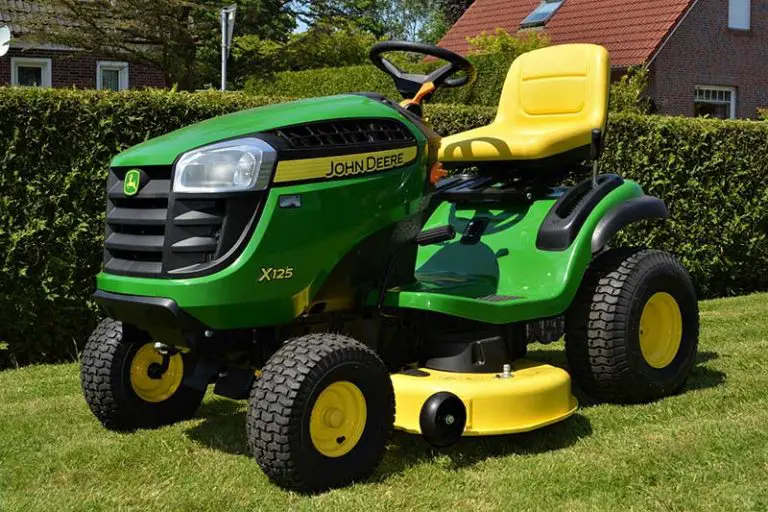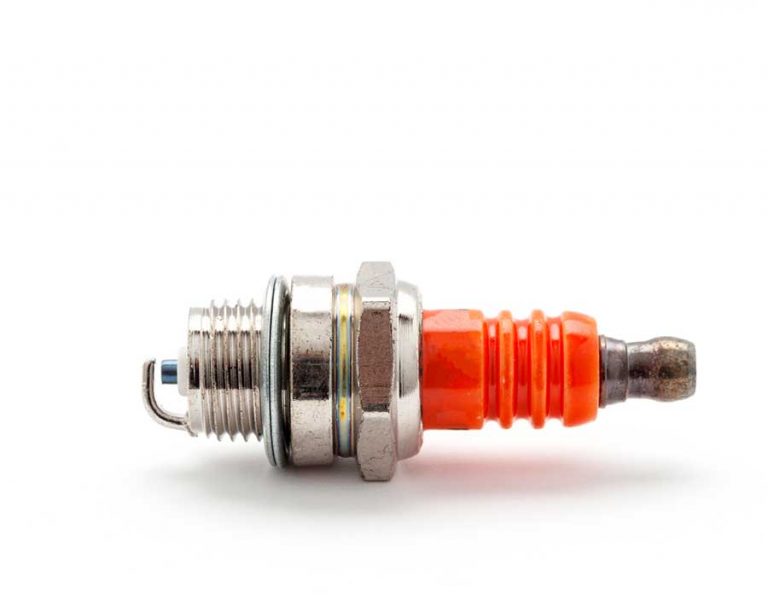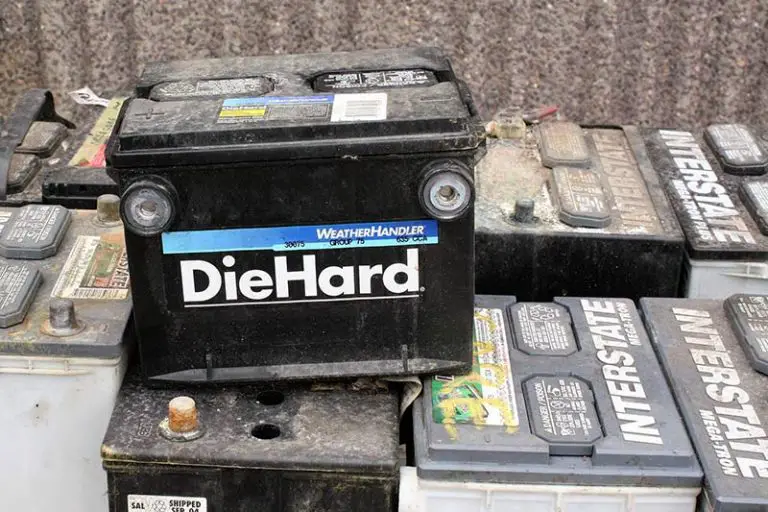Different Types of Lawn Mower Blades
When venturing into gardening, the vast variety of different equipment may be overwhelming.
In order to achieve the ideal cut, different types of lawn mowers may utilize different types of blades. Whilst most lawn mowers on the market use similar blades, there are exceptions that buyers should be aware of.
Some of these lawn mower blades can be swapped out and replaced on each model, whilst others are built specifically for certain lawn mower models. If you intend on changing your lawn mower’s blades, ensure that the replacement blades are ones that are compatible with your machine.
Types of Lawn Mower Blades
The type of blades you choose may reflect the type of cut that you want your lawn mower to achieve. Some blades, however, are designed only for specific types of lawn mowers.
Standard (Medium Lift) Blades
No products found.
These standard blades are often found in rotary lawn mowers, which rotate horizontally. This accounts for many types of lawn mower, as rotary mowers are particularly common. These blades are straight, with one curved edge which acts as a razor to cut grass cleanly. Most lawn mowers that utilize this type of blade will have a side chute or side grass catcher, as the shape of the blade leads grass clippings to be thrown out from under the side of the machine.
Low Lift Blades
No products found.
Low lift blades are designed for use on particular types of soil. As their name suggests, they don’t create much suction underneath the deck of the lawn mower, ensuring that sandy soil stays put and doesn’t get upswept. This also prevents the grass from being lifted too high, leading to a clean, sideways cut that doesn’t create blockages or dust coatings inside or underneath the deck of the lawn mower, which can improve longevity and performance.
High Lift Blades
No products found.
High lift blades are the opposite to low lift ones, as they are designed to maximize airflow and create suction. These blades are used mostly with precision in mind, and allow for an extremely even cut when mowing. They’re often utilized in yards that have tall grass, or fast-growing grass. Unlike low life blades, high lift blades aren’t advised for use on sandy or other loose soil types. This is due to the immense suction power they maintain, and can easily damage the lawn mower if dust and particles are allowed to coat the underside of the machine.
Instead, these blades are best used on lawns that have rigid and unmoving soil, such as clay-rich soils.
Mulching Blades
No products found.
Mulching blades, sometimes known as 3-in-1 blades, are capable of multitasking. Along with cutting grass, these blades create a find mulch from the fresh cuttings by using their sleek, curvy edges to chop grass up into a fine mulch. These blades also deposit the mulch back onto the grass using their very low suction rate, allowing for the uncut grass to absorb and retain some nutrients from its off cuttings. However, due to this low suction, mulching blades may not straighten the grass they are cutting.
Mulching is a healthy and effective way of keeping your lawn looking fresh and pristine.
Gator Blades
No products found.
Gator blades offer some similar bonuses that mulching blades do, albeit more efficiently. These blades are used for mulching, but also offer a much higher level of suction than mulching blades. As a result, they straighten grass more effectively than mulching blades, and helps direct grass towards the blades as the lawn mower is in action, leading to a faster, neater cut.
These blades can also lead to finer mulch, which may be absorbed faster and more efficiently by the soil and lawn that it covers. However, sometimes these blades need additional addons to improve the quality of the mulch that they produce. These blades are also renowned for being short-lived, as they become blunt very quickly due to their usage and technique.
What are Reverse Thread Blades?
When looking for lawn mower blades, the term “reverse threaded” may be used in product descriptions.
Whilst lawn mower blades themselves are not reverse threaded, the bolts used to secure them often are. The divots in the bolt turn a different direction to regular bolts, preventing the rotating force of the lawn mower blade from loosening the bolt. Reverse threading is a safety measure to ensure that the lawn mower does not cause avoidable accidents.
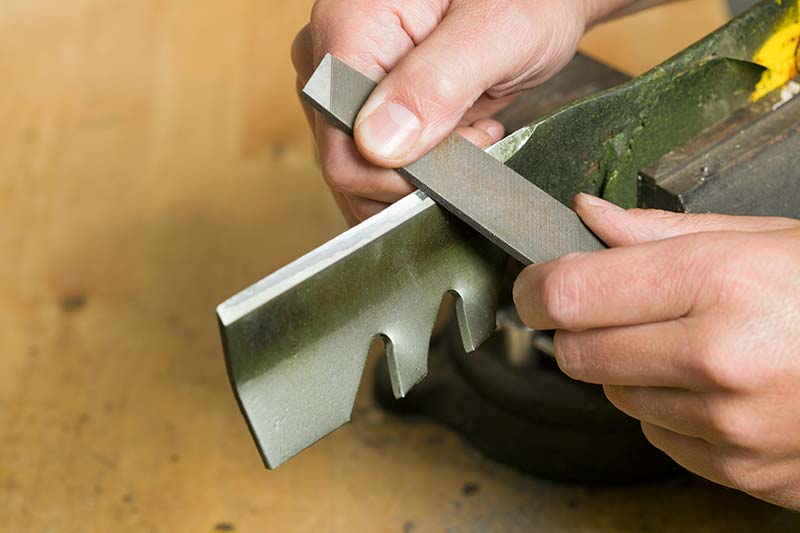
When Should I Sharpen my Lawn Mower’s Blades?
If you use your lawn mower regularly, its blades are best sharpened during yearly maintenance, if not more frequently if you notice a change in performance. It’s always good practice to check your lawn mower’s blades during winterization or spark plug changes, as removing the blades to ensure safety during these processes is important.
If you notice the quality of your lawn mower’s cut declining, one of the first things to check is the sharpness of the lawn mower’s blades. Sometimes, the sharpness of lawn mower blades can be assessed by sight alone, but most of the time, the quality of the cut is a direct reflection of the blade’s performance.
Lawn mower blades typically last anywhere from 25-200 hours without needing to be sharpened. Knowing how to sharpen lawn mower blades can save you time and effort when your mower next undergoes maintenance.
Are Universal Blades Safe for Lawn Mowers?
It is not advised to install universal blades on a lawn mower. This is due to their size, effectiveness and potential damage that they can cause. Lawn mower blades are designed specifically for safe use on lawn mowers, and are available in many different types to suit many different lawn mower models. Universal blades aren’t designed for cutting grass, and as a result it could lead to an uneven or jagged cut, along with damage to the lawn mower deck itself.
Why is it Important to Cut Grass Evenly?
An evenly cut lawn is visually appealing and also promotes better grass growth. To maintain healthy grass, a lawn should be cut within 2-3” in length. If these cuts are uneven, you risk cutting your lawn too short or too long.
More risks are associated with lawns that are cut too short, as they are much more susceptible to disease or fungal growth. Cutting grass too short can lead to weaknesses and stunt further growth.
Final Thoughts
The lawn mower blade you choose can make a great impact on your lawn and the experience you have whilst cutting it. In order to utilize your lawn mower, consider the different types of lawn mower blades available and think about which one will help you maintain your lawn care goals.

